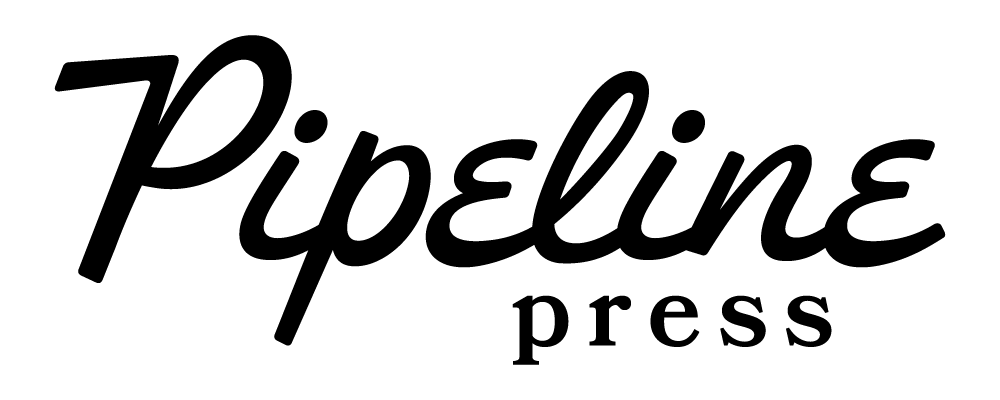TLDR: Multi-threading is the practice of building connections with multiple people within an account. The practice allows you to not lose track, capture multiple champions, get ahead of concerns, tie to company wide initiatives, and build value across multiple departments.
The focus of today’s post is on mastering the art of multi-threading. In the context of sales and deal management, “single-threading” refers to the practice of relying on a single point of contact or connection within a prospect organization.
It shouldn’t come as a surprise that single-threaded deals carry huge risks, as it puts the entire success of a deal on one individual. If that person becomes unavailable or unresponsive, your deal may face delays or even completely fall through.
In contrast, “multi-threading” involves establishing connections with multiple stakeholders within the organization, which could significantly enhance your success in closing deals this quarter—and certainly position you well for 2024. Full credit goes to Krysten Conner for introducing me to this game-changing approach.
Multi-threading isn’t simply about seeking introductions to new contacts at the end of a call; in fact, the most effective multi-threading occurs before the initial call even takes place.
One powerful method to implement this is through the 3x3x3 approach:
1. 3-Buying Personas: Before the 1st Call
Identify three individuals with VP+ titles from departments typically involved in purchasing your offerings.
2. 3-Step Sequence: 4-7 Days Before the Call
Initiate a thoughtful sequence leading up to the call:
- First touch/1st day: Engage with a considerate comment on a recent LinkedIn post.
- Second touch: Extend a LinkedIn connection request, referencing their post.
- Third touch: Send an email or LinkedIn message about your upcoming meeting, such as:
Hi – Your colleague John scheduled a meeting with me, and I thought you might be interested.
Discussion is around {insert the value they’re going to receive from the meeting and what they’re going to learn}.
Executives (in your department) may not always be directly involved. But some have specific initiatives relevant to this context.
Would you like me to send an invite? If not, happy to keep you informed on progress.”
3. 3 Part Follow-Up
After the meeting, follow a structured approach:
- Day of the meeting: Provide a brief recap of the discussion.
- Day after the meeting: Place them in a nurturing sequence, either focused on thought leadership or gently reminding them to review any additional meeting details.
- One week later: Ghostwrite an introductory email for a Manager/Exec from your team to send. Initiating a private channel of communication among executives can be incredibly impactful. Start early to gain visibility and credibility across their organization, ensuring that your meeting attendee isn’t treated as a mere gatekeeper.
This approach offers a win/win situation, and de-risks the deal falling apart throughout the sales process.



